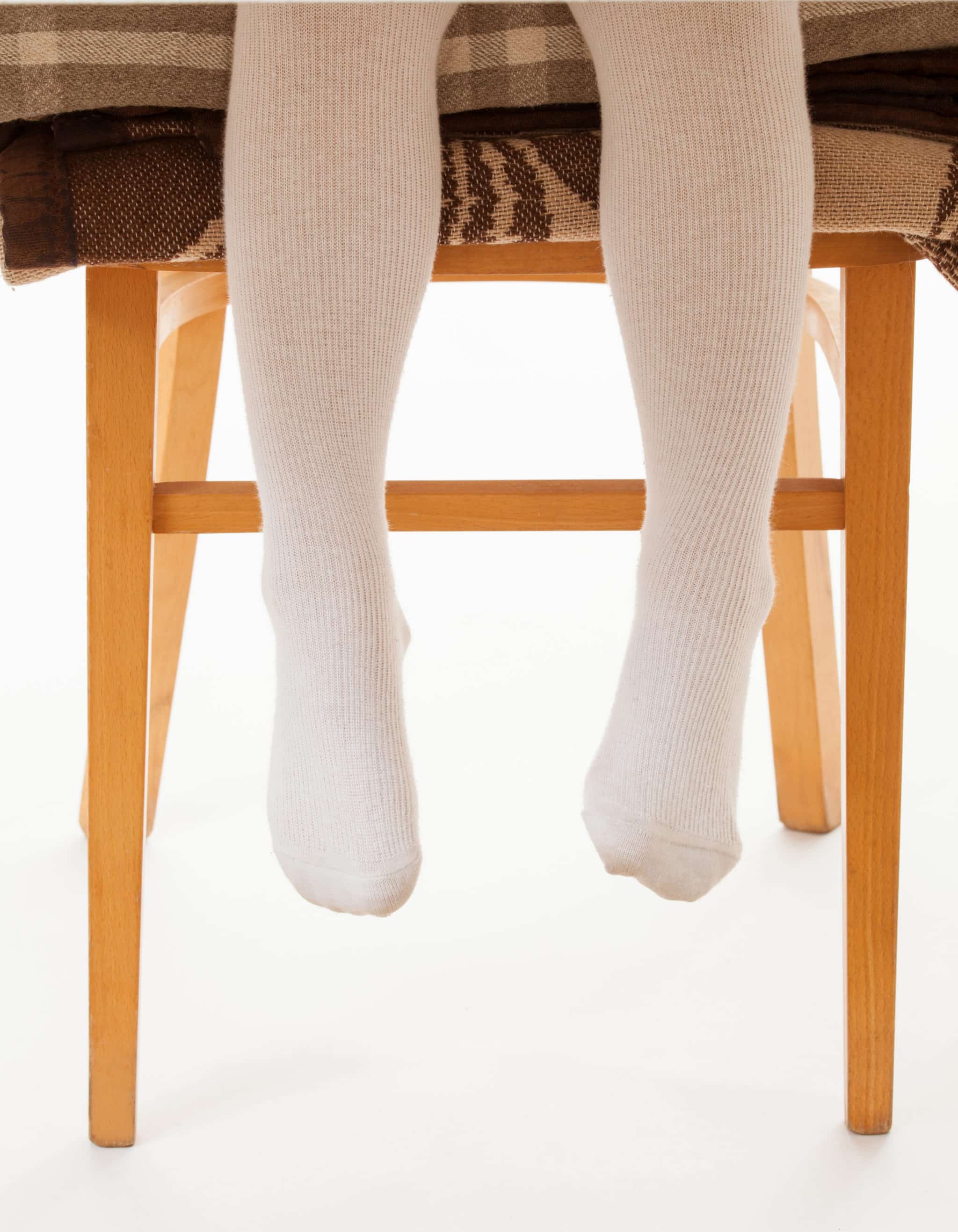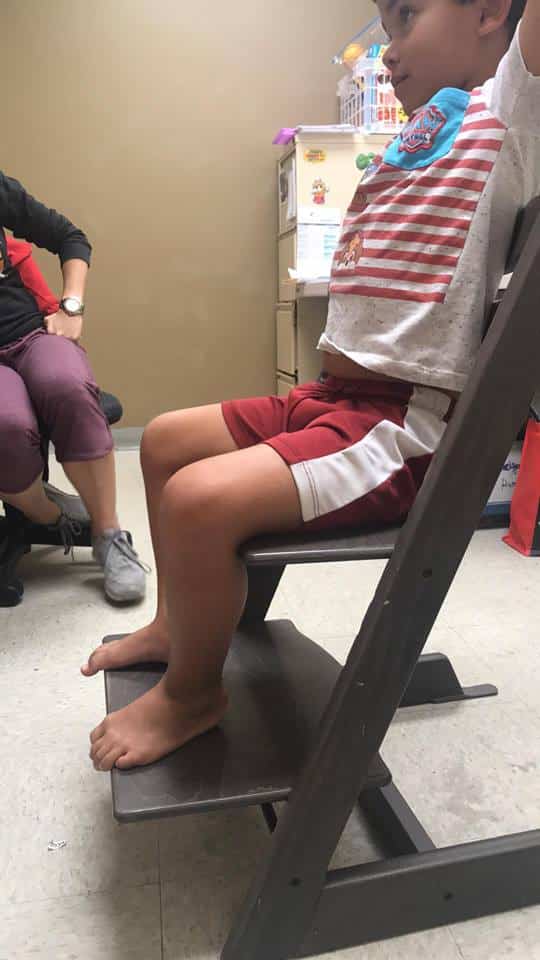 ☰ Menu
☰ Menu
 ☰ Menu
☰ Menu
 Postural stability is an essential aspect of your child’s learning, whether they are learning how to eat, learning about new foods, or learning about math! It supports your child not only at mealtimes but also for online school and homework.
Postural stability is an essential aspect of your child’s learning, whether they are learning how to eat, learning about new foods, or learning about math! It supports your child not only at mealtimes but also for online school and homework.Postural stability involves many different demands that are required by your body. Your body must have enough motor control to stabilize yourself in the environment. That means it must have enough control to go about whatever motor plan you are doing (i.e., walking down a hallway, sitting in a chair, etc.). Postural stability also uses sensory inputs to tell you where your body is in space. These senses include your vision, touch, proprioception (input into your muscles and joints), and your vestibular system (i.e., telling you information about motion, head position, balance, and spatial orientation). You have to be able to integrate these sensory systems with the action of the muscles. While you are doing all of this, you have to be able to keep the body’s center of mass within its base of support. It is a lot! If we are stable, we don’t have to worry as much about all of these other factors. However, if there are any difficulties with stability, you can see how hard it may be to also try to focus on something new or tricky, like eating or schoolwork.
Postural Stability is actually our bodies’ second priority (eating is the third priority). One reason is it helps protect our brains. Postural stability ideally keeps us upright and prevents us from falling on our heads. Your body focuses on how to keep your head safe! So, when we are stable, it frees up the motor brain power to sit and focus on whatever the task is (i.e., eating or homework; rather than not falling on your head).
Another reason why postural stability is so important is that it supports respiratory function. When our torso is upright, it gives us the best posture to allow for our organs and tissues to achieve full respiratory capacity. It is so much easier for oxygen to reach your body when you are positioned well.
Additionally, when we have postural stability, it provides security within your seating arrangement. It allows for better hand-to-mouth coordination (i.e., bring up your spoon to your mouth to feed yourself or bringing an open cup to your mouth and resting it against your lower lip as your coordinate tilting the cup to drink). Postural stability also supports the fine motor and tactile manipulation of the food (using utensils to eat neatly) or a pencil (using neat handwriting when doing schoolwork). You can demonstrate increased typing skills to do your virtual learning when your body is supported. Your handwriting increases when you are posturally stable. If you want to give it a try, I encourage you to try to write a sentence or two while you are lying down on your bed or sitting on a tall stool without a backrest, while your feet aren’t touching the ground—it isn’t easy!
Postural stability also allows for better oral-motor movements while eating. This includes things like a better range of motion in the jaw for chewing and more precise tongue movements when moving food around your mouth.

Here are some things you want to look for:

There are a few things that we need to consider:
Take a few minutes, and make some changes to your child’s chair. You will hopefully see quite an improvement!
Copyright SOS Approach to Feeding © 2024 | Web Design by Webolutions